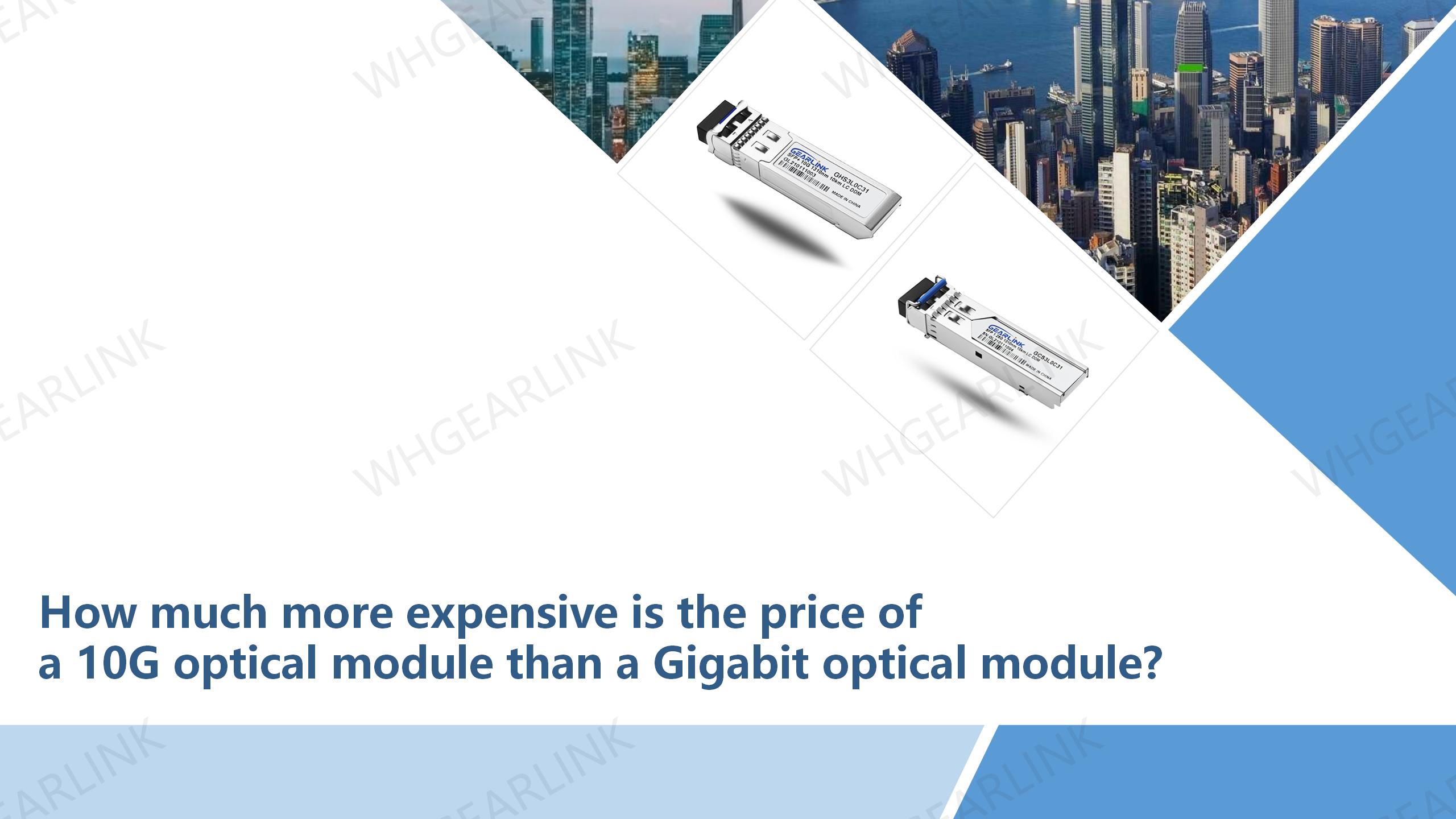10 Gigabit optical transceivers have higher speed and better performance than Gigabit optical transceivers. However, compared with Gigabit optical transceivers, the price of 10 Gigabit optical transceivers is also more expensive. In this article, we will conduct a comparative analysis of 10 Gigabit optical transceivers and Gigabit optical transceivers. In addition, we will explain how to choose a suitable optical transceiver according to actual needs, and provide some practical selection and usage suggestions.
10 Gigabit optical transceivers and Gigabit optical transceivers are two products that are widely used. Compared with Gigabit optical transceivers, the main advantages of 10G optical transceivers are higher speed and larger bandwidth. An optical transceiver with a transmission rate of 10 Gigabit can theoretically transmit 10G data per second, which is 10 times that of an optical transceiver with a transmission rate of about Gigabit. It can transmit more data in the same time, greatly improving network transmission. efficiency. This is also the reason why the price of 10 Gigabit optical transceivers is a little higher.
Secondly, in terms of production costs, the chips, devices, solutions, and processes used by 10G optical transceivers are different from those of Gigabit optical transceivers. Compared with Gigabit optical transceivers, the price of 10G optical transceivers is slightly higher. Some.
When we choose optical transceivers, we need to consider many factors, and price is undoubtedly one of the important factors. How much more expensive is the price of 10 Gigabit optical transceivers than Gigabit optical transceivers? There is no standard answer to this question. According to the different transmission distances, Gigabit and 10 Gigabit optical transceivers can also be divided into less than 2km, 10km, 40km, 80km, etc. For the most widely used optical transceivers of 10km or less, the difference between Gigabit and 10GE is only a few tens of dollars, and the difference between 40km and 80km is relatively large. This is closely related to the cost and process of each manufacturer.
In practical applications, we need to select a suitable optical transceiver based on actual needs. If the network throughput is small, choosing a Gigabit optical transceiver is enough to meet the demand. If the network traffic is large, it is necessary to choose a 10G optical transceiver. In addition, we suggest that when choosing an optical transceiver, you must consider the actual needs, professional technology and cost, compare different types of products, and make a detailed evaluation.


